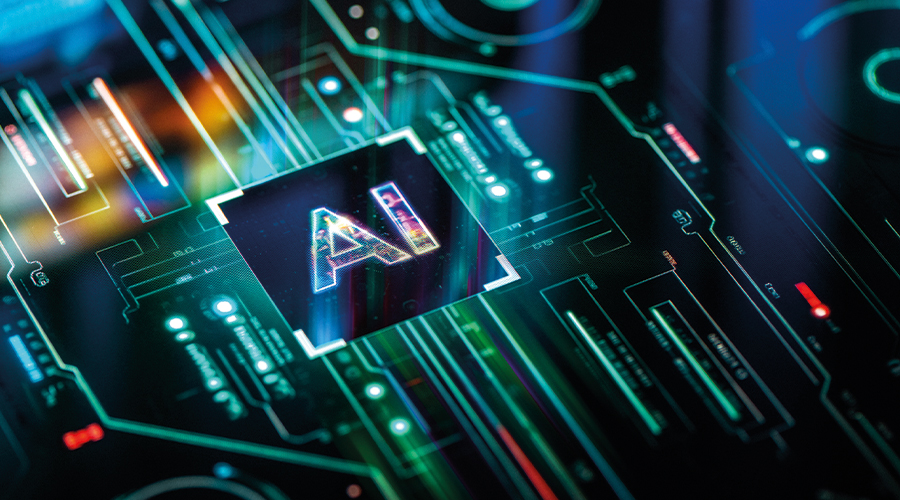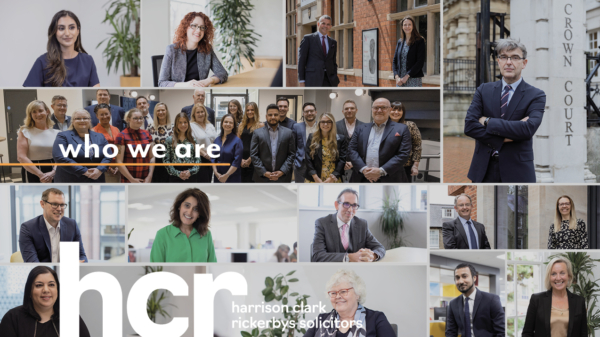
Artificial Intelligence, the good, the bad and the ugly – a guide to using AI within your in-house legal team
17 March 2025

Artificial Intelligence (AI) has become a transformative force across various industries and the legal sector is no exception. We estimate 85% of general counsel and senior in-house lawyers who attended our recent HCR Law In-House With You roundtable are now using some form of AI, including AI-based legal drafting tools. While AI can benefit in-house teams, it also presents challenges and risks that need to be carefully managed.
This article explores the good, the bad and the ugly aspects of using AI within your in-house legal teams and provides guidance on how to effectively implement AI while mitigating potential risks.
The good
Increased efficiency and productivity
One of the most significant advantages of AI in the legal sector is the increased efficiency and productivity it brings. AI-powered tools can automate repetitive or straightforward tasks such as document review, contract analysis and legal research. This allows lawyers to focus on more strategic and complex tasks, ultimately improving overall productivity.
For instance, AI can quickly analyse large volumes of data to identify relevant information. This can save in-house legal departments valuable time. At our roundtable, one attendee estimated a saving of three hours per person per day.
Cost savings
AI can lead to substantial cost savings for legal teams. By automating routine tasks or using AI to produce output, in-house legal teams can reduce the need for additional headcount, reducing the cost of the-house team to the business as a whole. During our in-house roundtable, some businesses indicated they had already reduced headcount within their in-house team by now using AI to review basic contract agreements and standard documents.
Enhancing the in-house legal function
AI-powered tools can help in-house teams identify inconsistencies in contracts, flag potential risks, and ensure compliance with regulatory requirements. It could also help analyse data to identify trends in litigation or corporate acquisitions to support decision-making processes for the entire business.
Another attendee at our roundtable shared, they expect their panel law firms to be using AI to help save time and money, with those firms needing to adopt a more transparent pricing structure and passing on those efficiencies in terms of quicker response times and reduced bills.
The bad
Job losses
While AI can lead to cost savings, it can also result in job losses as noted above. As businesses continue to switch towards AI tools and become more reliant on them, there may be a reduced need for certain roles within the legal team. This shift can create uncertainty and anxiety among staff, particularly those whose tasks are most susceptible to being replaced. It is essential for GCs and Heads of Legal to address these concerns within their in-house teams and provide support for employees likely to be affected by AI driven changes.
Implementation challenges
Implementing AI within a legal team can bring challenges. Not all AI tools will integrate fully with your existing systems, particularly if your existing applications are purely cloud-based. For example, is your document management system accessible by a third-party AI tool? Additionally, staff might be resistant to using AI tools, particularly if they have yet to be trained in its use. It is crucial to have a clear implementation strategy, provide adequate training and foster a culture of adaptability.
Data privacy and security risks
AI relies on vast amounts of data to function effectively. The use of AI by lawyers can raise concerns about data privacy and security. Lawyers are regulated by the Solicitors Regulation Authority and the Information Commissioner’s Office and both of these can take action against lawyers for failing to keep personal data confidential. In-house legal teams need to ensure their business implements robust data protection measures.
The ugly
Ethics and bias
AI systems are only as good as the data they are trained on. If the data used to train AI models is biased, the resulting AI tools can perpetuate and even amplify these biases. In-house lawyers should ensure their provider regularly audits their AI tools to avoid bias.
Lack of understanding
With the growing adoption of AI, there is a risk it will not be implemented effectively. This risk could be exacerbated if headcount is cut, leading to reduced capability to oversee the effectiveness of the tools. Businesses and legal leaders should invest in education and training to build the necessary skills and knowledge within their in-house legal teams.
Over-reliance on AI
While it can significantly enhance legal work, over-reliance on AI can be detrimental. Lawyers must remember that AI is a tool to assist, not replace, human judgment. Critical thinking, creativity, and ethical considerations are aspects that AI cannot (yet) replicate. It is crucial to strike a balance between leveraging AI for efficiency and maintaining the human element in providing legal advice, particularly when dealing with the person needing the advice.
AI and the future
AI has the potential to revolutionise the legal sector and particularly in-house legal departments. It offers numerous benefits such as increased efficiency, cost savings and improved accuracy. However, it also presents challenges and risks that must be carefully managed.
By understanding the good, the bad and the ugly aspects of AI, in-house legal teams can make informed decisions about the choice of AI tools and their implementation. For assistance with AI and data protection for your in-house legal team, please contact the HCR Law In-House With You team.










